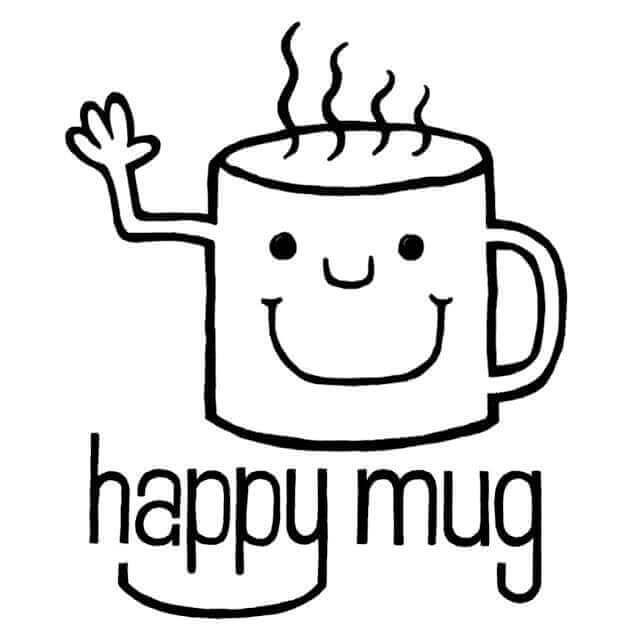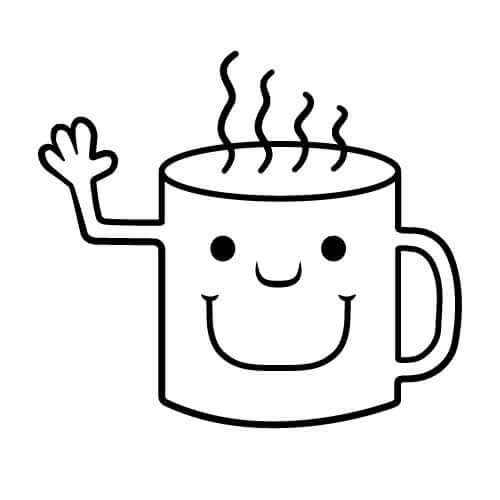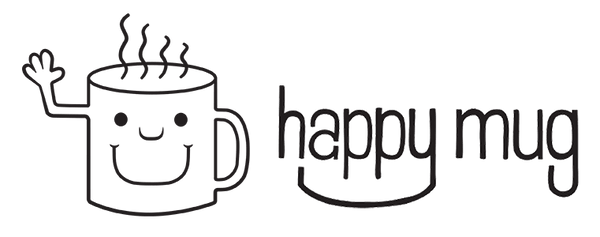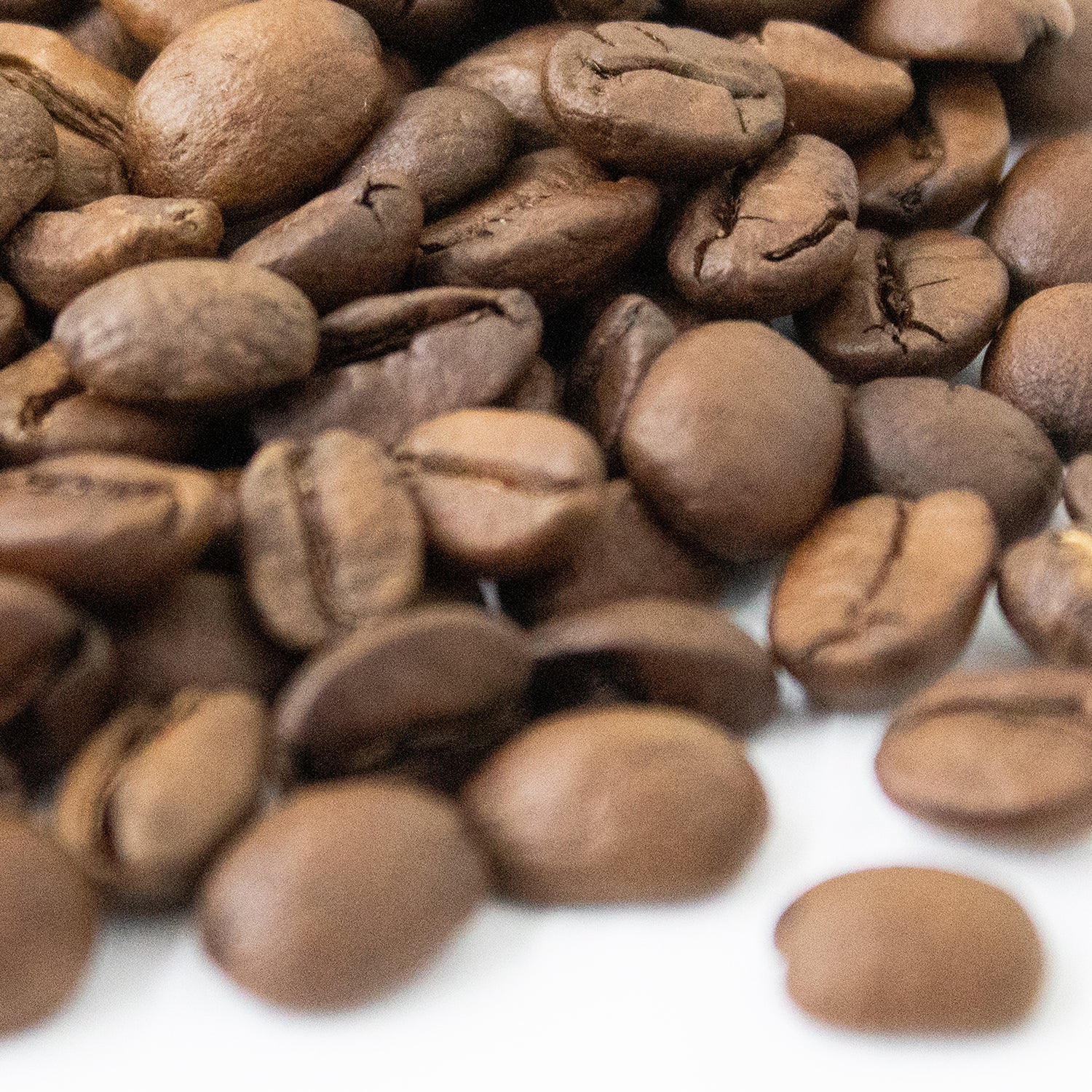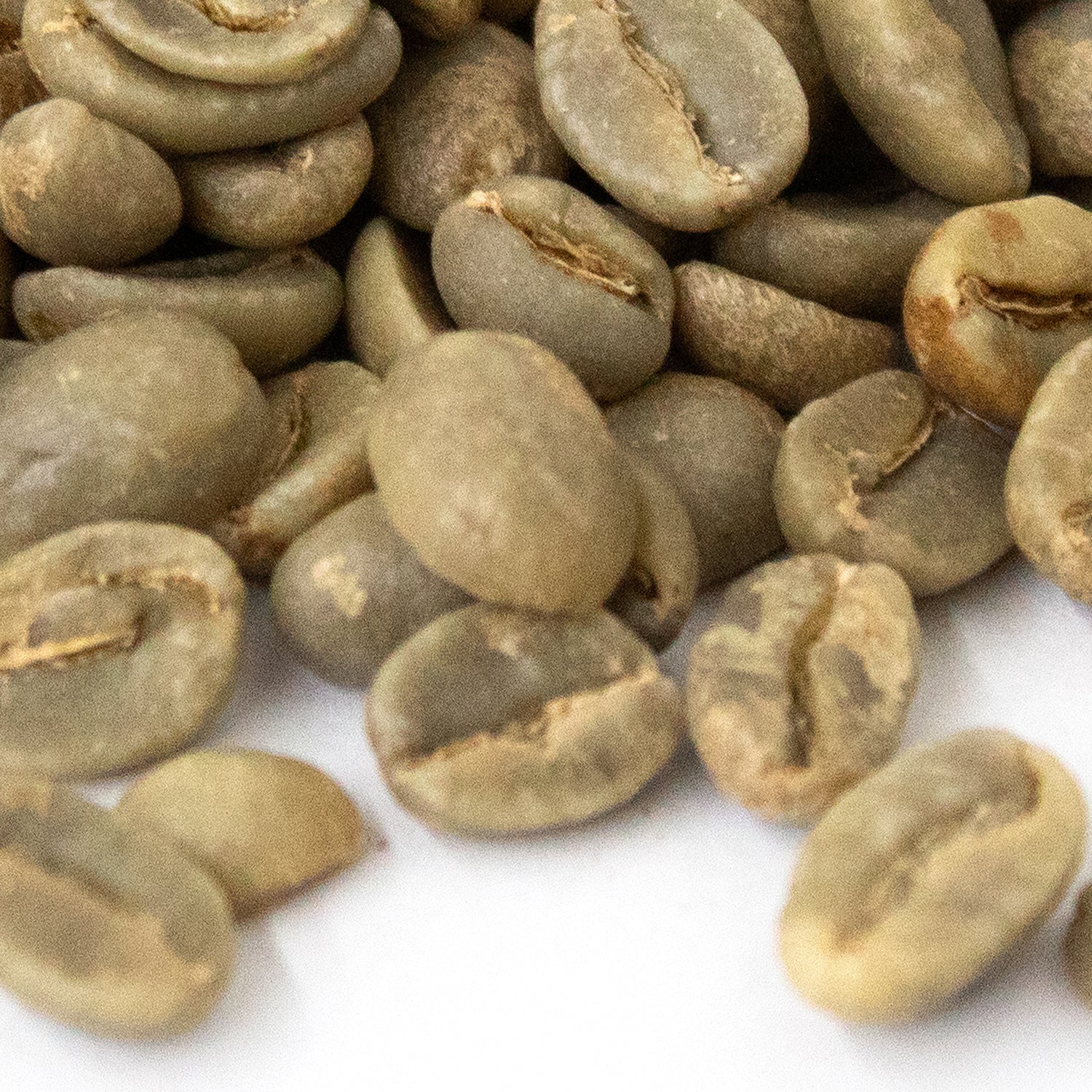African
Ethiopia Harrar Deep Blue
Ethiopia Harrar Deep Blue
Harrar just isn't what it used to be. They used to be so easy to find, and always had sweet blueberry notes and a clean finish. These days they come in tasting like strawberries, or with earthiness -- they probably aren't even real Harrar.
We found this one and bought a pallet of it because it is a good sweet coffee with blueberry and lemon notes at an awesome price. It's hard to find a remotely-good Ethiopian at a price like this. Now, in the perfect world, I'd leave lemon for the Yirgacheffes and keep it out of my Harrar -- it's just that the lemon distracts from the blueberry, making it less mesmerizing than some year's crops (we're spoiled). However, the balance is decent and the coffee quite drinkable. And at this pricepoint you can both drink it straight, or use it in blends, so the versatility is handy.
These beans are of the Mokka varietal which never roast evenly. Do not be alarmed if you see a variation of color in your roast, it's normal and acceptable when you deal with Mokka. We usually pick out the very lightest colored beans (2 or 3 a pound). Give it steady heat at the beginning, slow it down at the first cracks. After the first cracks end, give it maybe 30 more seconds and let it out. The usual rule of thumb is that you want the roast to end 30 degrees and 3 minutes past the beginning of the 1st cracks, but on this one we're giving it a couple extra degrees. So for example on my roaster, I hear the cracks starting and the bean temperature reading 367 at 12 minutes into the roast. If I can end the roast at 15 minutes and 399 degrees, it tastes the way I expect. Now optionally if you want a darker roast, you can let this one go at least half way between 1st and 2nd cracks. The fruit fades, but the sweetness remains, and this is how we're roasting it. I would not take the roast farther than that unless you are incorporating it into an espresso blend. This is a June 2015 arrival.
